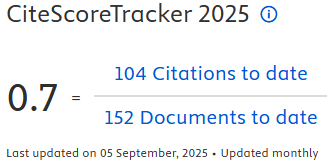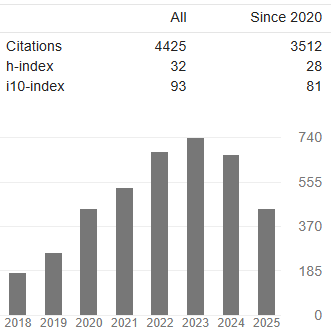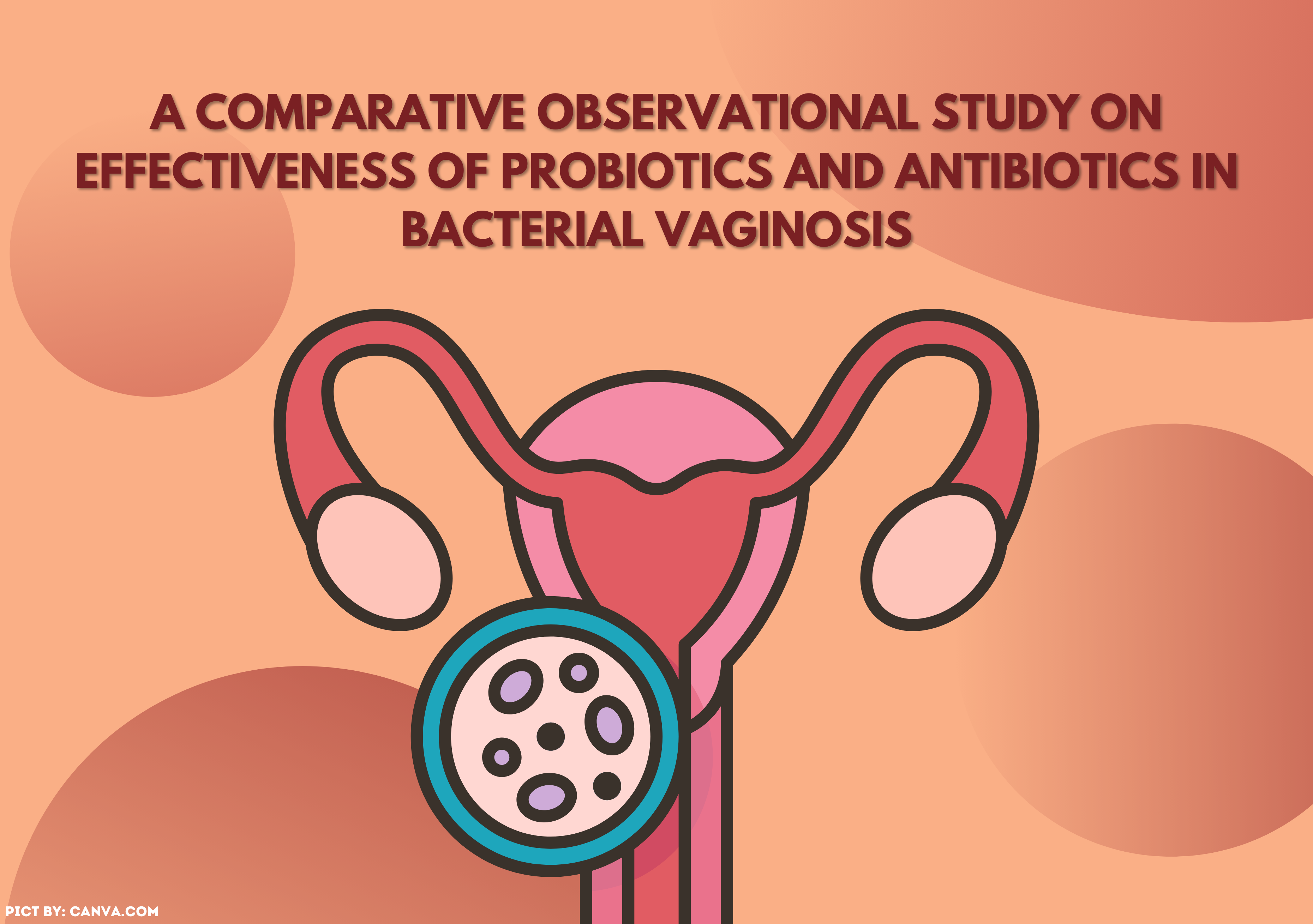EFFECT OF ANXIETY AND WORK FATIGUE ON JOB BURNOUT, DISTRESS, HEALTH EATING INDEX AND BLOOD PRESSURE THROUGH COPING MECHANISM IN OIL AND GAS COMPANY

Introduction: Workers in oil and gas companies are one of several groups of workers who have a heavy workload, both physically and psychologically, owing to the heavy work responsibilities related to the duration of work, which is not in accordance with the standard working time specified in Indonesia. Based on research conducted in similar industries, 69% of workers in critical jobs experience both acute and chronic fatigue. If not managed properly, it will result in occupational burnout. Aims: of this research was to determine whether there is a relationship between coping style, eating habits, work stress, fatigue and occupational burnout Method: Design study of cross-sectional manner with the research respondents being permanent workers in oil and gas companies in Bojonegoro, East Java. The total sample comprised of 102 respondents. The data obtained will then be statistically processed using IBM SPSS software with multiple regression tests. Result: The level of work fatigue experienced by oil and gas company employees had a significant indirect effect on the healthy eating index through the copying mechanism variable, and the anxiety experienced by oil and gas company employees had a significant indirect effect on the healthy eating index and blood pressure, both systolic and systole, and diastole via the copying mechanism variable. Conclusion: Anxiety experienced by workers influences the healthy eating index and systolic blood pressure with coping mechanisms as an intervening variable. Work fatigue experienced by workers influences the healthy eating index, with coping mechanisms as an intervening variable.
Afonso, A.M. et al. (2021) ‘Burnout Rate and Risk Factors among Anesthesiologists in the United States', Anesthesiology, 134(5). https://doi.org/10.1097/ALN.0000000000003722
Ahman, E., Santoso, B. and Bagaskara, R.I. (2022) ‘Literature Review: Factors Affecting Employee Job Burnout during The Pandemic Era (2020-2021 Period)', INNOVATION, 18(2), pp. 256–261. https://doi.org/10.30872/jinv.v18i2.10821
American Psychiatric Association (2012) ‘What Are Anxiety Disorders ?', The national Institute of Mental Health.
Arcand, M. et al. (2020) ‘Gender roles in relation to symptoms of anxiety and depression among students and workers', Anxiety, Stress and Coping, 33(6). https://doi.org/10.1080/10615806.2020.1774560
Arini, S.Y., Martiana, T. and Ardyanto, D. (2019) ‘The difference of work fatigue on operator based on shift pattern in Pt. X', Malaysian Journal of Medicine and Health Sciences, 15(3), pp. 34–37.
Aucoin, M. et al. (2021) ‘Diet and anxiety: A scoping review', Nutrients. https://doi.org/10.3390/nu13124418
Bandelow, B., Michaelis, S. and Wedekind, D. (2017) ‘Treatment of anxiety disorders', Dialogues in Clinical Neuroscience, 19(2). https://doi.org/10.4324/9780203728215-32
Byrd, J.B. and Brook, R.D. (2014) ‘Anxiety in the "Age of Hypertension”', Current Hypertension Reports. https://doi.org/10.1007/s11906-014-0486-0
Chen, H. et al. (2020) ‘Are you tired of working amid the pandemic? The role of professional identity and job satisfaction against job burnout', International Journal of Environmental Research and Public Health, 17(24). https://doi.org/10.3390/ijerph17249188
Craske, M.G. et al. (2009) ‘What is an anxiety disorder?', Depression and Anxiety. https://doi.org/10.1002/da.20633
Davidson, L. et al. (1999) ‘Peer Support Among Individuals With Severe Mental Illness: A Review of the Evidence', Clinical Psychology: Science and Practice, 6(2), pp. 165–187. https://doi.org/10.1093/clipsy.6.2.165
Demerouti, E. et al. (2001) ‘The job demands-resources model of burnout', Journal of Applied Psychology, 86(3). https://doi.org/10.1037/0021-9010.86.3.499
Desmond, D.M., Shevlin, M. and Maclachlan, M. (2006) ‘Dimensional analysis of the coping strategy indicator in a sample of elderly veterans with acquired limb amputations', 40, pp. 249–259. https://doi.org/10.1016/j.paid.2005.04.015
Dewayani, A., Sukarlan, A.D. and Turnip, S.S. (2011) ‘Perceived Peer Social Support and Psychological Distress for University of Indonesia Students', Makara Human Behavior Studies in Asia, 15(2), pp. 86–94. https://doi.org/10.7454/mssh.v15i2.1303
Endo, I. and Sudo, M. (2021) ‘Evaluation Of The Influence Of Kitchen Environment For Fast Food Restaurant On Fatigue And Performance Of Cooks By Age', Journal of Environmental Engineering (Japan), 87(791). https://doi.org/10.3130/aije.87.40.
Food fatigue' (2019) New Scientist, 243(3247), p. 54. Available at: https://doi.org/10.1016/S0262-4079(19)31735-X.
Gibson-Smith, D. et al. (2020) ‘Association of food groups with depression and anxiety disorders', European Journal of Nutrition, 59(2). https://doi.org/10.1007/s00394-019-01943-4
Hidayah, I. (2018) ‘Increased Lactic Acid in the Blood after Work', The Indonesian Journal of Occupational Safety and Health, 7(2), pp. 131–141. https://doi.org/10.20473/ijosh.v7i2.2018.131-141
Keck, M.M. et al. (2020) ‘Examining the role of anxiety and depression in dietary choices among college students', Nutrients, 12(7). https://doi.org/10.3390/nu12072061
Khoiroh, M. et al. (2022) ‘Relationship Between Central Obesity, Sleep Duration, and Energy Adequacy Level With Fatigue in Woman Workers At PT. Galaxy Surya Pelindo', Media Gizi Indonesia (National Nutrition Journal), 17(2), pp. 106–114. https://doi.org/10.20473/mgi.v17i2.106-114
Lee, C.H. and Giuliani, F. (2019) ‘The Role of Inflammation in Depression and Fatigue', Frontiers in immunology. https://doi.org/10.3389/fimmu.2019.01696
Mazloomy, S.M. et al. (2018) ‘Job Burnout and Related Factors in Textile Industry Workers: A Case Study in Yazd', Tolooebehdasht Journal, 16(6).
Mikolajczak, M. et al. (2020) ‘Is Parental Burnout Distinct From Job Burnout and Depressive Symptoms?', Clinical Psychological Science, 8(4). https://doi.org/10.1177/2167702620917447
Mirowsky, J. and Ross, C.E. (2002) ‘Measurements for A Human Science', Journal of Health and Social Behavior, 43(2), pp. 152–165. https://doi.org/10.2307/3090194
Nelesen, R. et al. (2008) ‘The relationship between fatigue and cardiac functioning', Archives of Internal Medicine, 168(9). https://doi.org/10.1001/archinte.168.9.943
Nitturi, V. et al. (2021) ‘Anxiety Sensitivity and Fast-Food Ordering Habits Among Black Adults', Health Behavior Research, 4(1). https://doi.org/10.4148/2572-1836.1086
Ozel, E. and Hacioglu, U. (2021) ‘Examining the relationship between burnout and job satisfaction of flight crew : An analysis on the critical fatigue risk factors in the aviation industry', International Journal of Business Ecosystem & Strategy, 3(1). https://doi.org/10.36096/ijbes.v3i1.246
Pavicic Zezelj, S. et al. (2019) ‘Anxiety and depression symptoms among gas and oil industry workers', Occupational Medicine, 69(1). https://doi.org/10.1093/occmed/kqy170
Powell, S.K. (2020) ‘Compassion Fatigue', Professional Case Management. https://doi.org/10.1097/NCM.0000000000000418
Putra, A.E. (2018) ‘Pemilihan Rumus dan Perhitungan Besar Sampel', Statistik dan Informatika [Preprint].
Septio, Y.R. et al. (2020) ‘Analysis of Noise Level, Workload and Work Fatigue in the Weaving Section at PT. Wonorejo Makmur Abadi as a Basis for Production Process Improvement', Performa: Media Ilmiah Teknik Industri, 19(1), pp. 19–26. https://doi.org/10.20961/performa.19.1.40111
Sikaras, C. et al. (2022) ‘Nursing staff fatigue and burnout during the COVID-19 pandemic in Greece', AIMS Public Health, 9(1). https://doi.org/10.3934/publichealth.2022008
Silverman, W.K. and van Schalkwyk, G.I. (2019) ‘What is anxiety?', in Pediatric Anxiety Disorders. https://doi.org/10.1016/B978-0-12-813004-9.00002-5.
Soares, J.J.F. and Grossi, G. (2007) ‘Original contribution Burnout among women : associations with demographic = socio-economic , work , life-style and health factors', pp. 61–71. https://doi.org/10.1007/s00737-007-0170-3
Soelton, M. et al. (2020) ‘Factors Affecting Burnout in Manufacturing Industries', in. https://doi.org/10.2991/aebmr.k.200205.010
Suzabar, D.F. et al. (2020) ‘Conceptualizing the role of self-esteem in the burnout process', Management Science Letters, 10(14). https://doi.org/10.5267/j.msl.2020.6.005
Tang, W. et al. (2020) ‘The role of alexithymia in the mental health problems of home-quarantined university students during the COVID-19 pandemic in China', Personality and Individual Differences. Elseveir, 165(June), p. 110131. https://doi.org/10.1016/j.paid.2020.110131
Titan Permana, M., Ginanjar, R. and Fatima, A. (2020) ‘The Relationship Between Heat Temperature and Work Fatigue At Pt. Elang Perdana Tire Industry', PROMOTOR, 3(4), pp. 380–386. https://doi.org/10.32832/pro.v3i4.4194
Wang, L.F. and Heppner, P.P. (2002) ‘Assessing the Impact of Parental Expectations and Psychological Distress on Taiwanese College Students', The Counseling Psychologist, 30(4), pp. 582–608. https://doi.org/10.1177/00100002030004006
Wong, W.S. and Fielding, R. (2010) ‘Prevalence of chronic fatigue among Chinese adults in Hong Kong: A population-based study', Journal of Affective Disorders, 127(1–3). https://doi.org/10.1016/j.jad.2010.04.029
Wu, G., Hu, Z. and Zheng, J. (2019) ‘Role stress, job burnout, and job performance in construction project managers: The moderating role of career calling', International Journal of Environmental Research and Public Health, 16(13). https://doi.org/10.3390/ijerph16132394
Zhu, B. et al. (2020) ‘Fatigue and Sleep Quality Predict Eating Behavior among People with Type 2 Diabetes', Nursing Research, 69(6). https://doi.org/10.1097/NNR.0000000000000447
Copyright (c) 2023 The Indonesian Journal of Public Health

This work is licensed under a Creative Commons Attribution-NonCommercial-ShareAlike 4.0 International License.
- The authors agree to transfer the transfer copyright of the article to The Indonesian Journal of Public Health effective if and when the paper is accepted for publication.
- Authors and other parties are bound to the Creative Commons Attribution-NonCommercial-ShareAlike 4.0 International License for the published articles, legal formal aspect of journal publication accessibility refers to Creative Commons Attribution-NonCommercial-ShareAlike 4.0 International License (CC BY-NC-SA), implies that:
- Attribution ” You must give appropriate credit, provide a link to the license, and indicate if changes were made. You may do so in any reasonable manner, but not in any way that suggests the licensor endorses you or your use.
- NonCommercial ” You may not use the material for commercial purposes.
- ShareAlike ” If you remix, transform, or build upon the material, you must distribute your contributions under the same license as the original.































